Not a lot of people have heard of the MacSysAdmin conference held in Gothenburg, Sweden, every fall. My first time there three years ago, I didn’t know what to expect. Here’s a conference which is so unlike the many conferences I have attended in the past. It is held in a small city in Sweden, there is only one track (only one session at any given time), it has a limited number of attendees, and all the speakers are available for all four days to answer anybody’s questions or discuss topics of interest. It is also not held in a fancy hotel, and the venue is part of a university.
Once I arrived and started to talk to people, I realized just how different it was. Every time I spoke with someone, I was impressed with their breadth of knowledge and how many computers they were personally responsible for. When I had a question about network setup, scripting with Python, or device management, I could always find someone who knew the true details of the technology and could explain it in a way I could understand. Since my first year, these conversations are what has made me so excited to return each fall.
MacSysAdmin Goes Virtual
This year, with the pandemic, Patrik, the organizer, decided that he would take it virtual rather than cancel the conference. He would get past speakers to generate video sessions for each day, which he would post at the start of the day. Patrik asked me to create a video about OWC products and a second one about Thunderbolt cables and Thunderbolt 4.
Related: Are Your Thunderbolt 3 Products Obsolete? Not So Fast…
It was a great success, and the quality of the presentations was just as high as in the past years. Whether you want to know about zsh, the new shell used in Terminal, how to move from Python 2 to Python 3, or get an update on which viruses actually exist on macOS, the talks at MacSysAdmin are a really great place to go.
All of the presentations are available for anyone to watch at https://macsysadmin.se, but below are the two sessions I presented on behalf of OWC.
Enjoy!


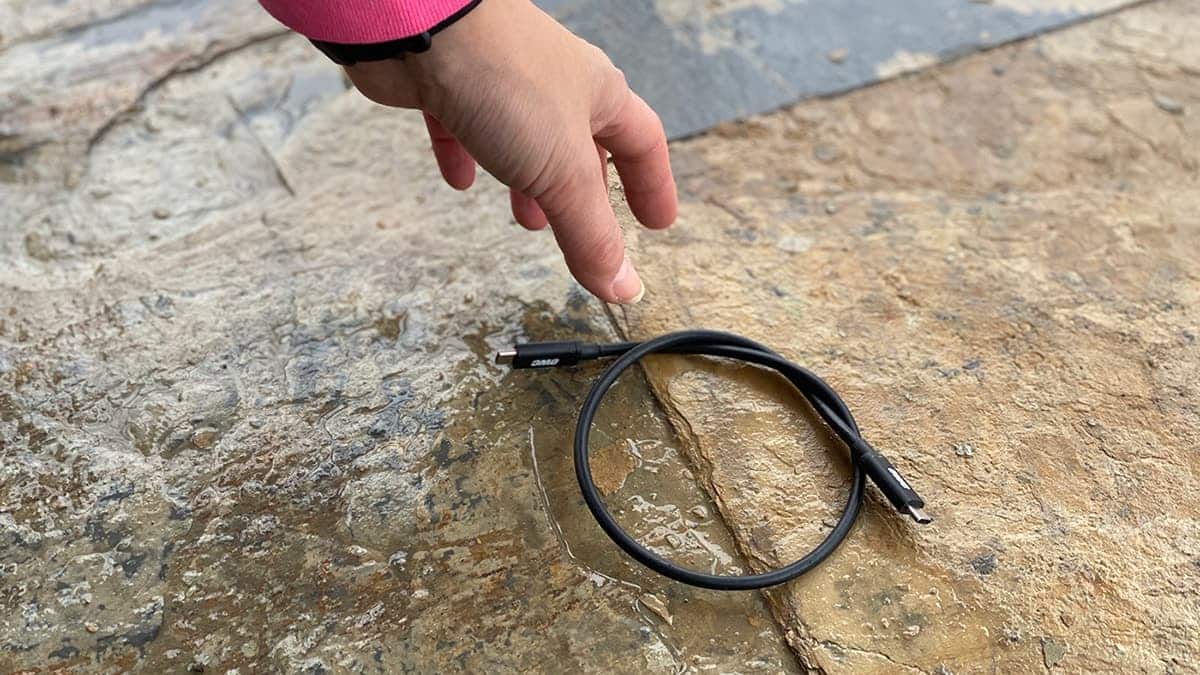

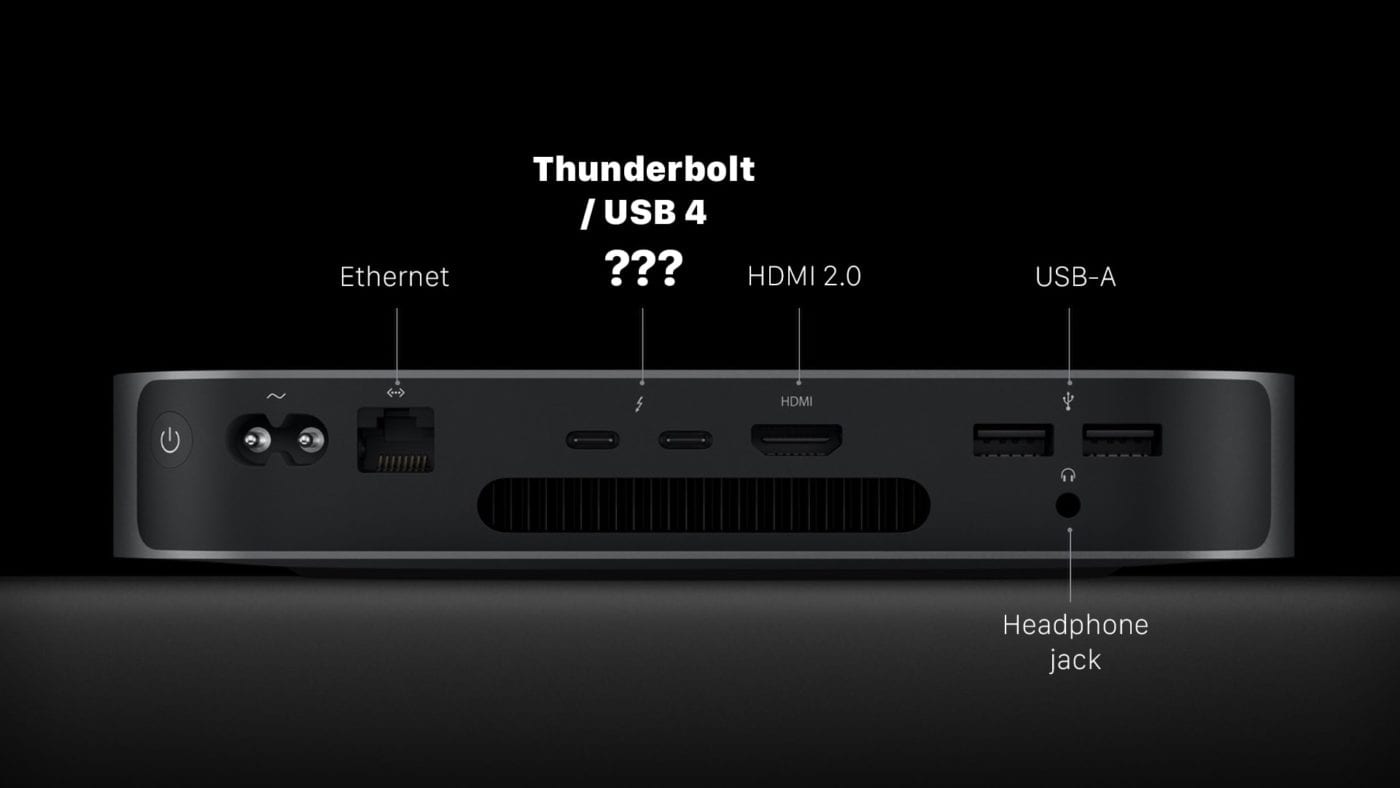
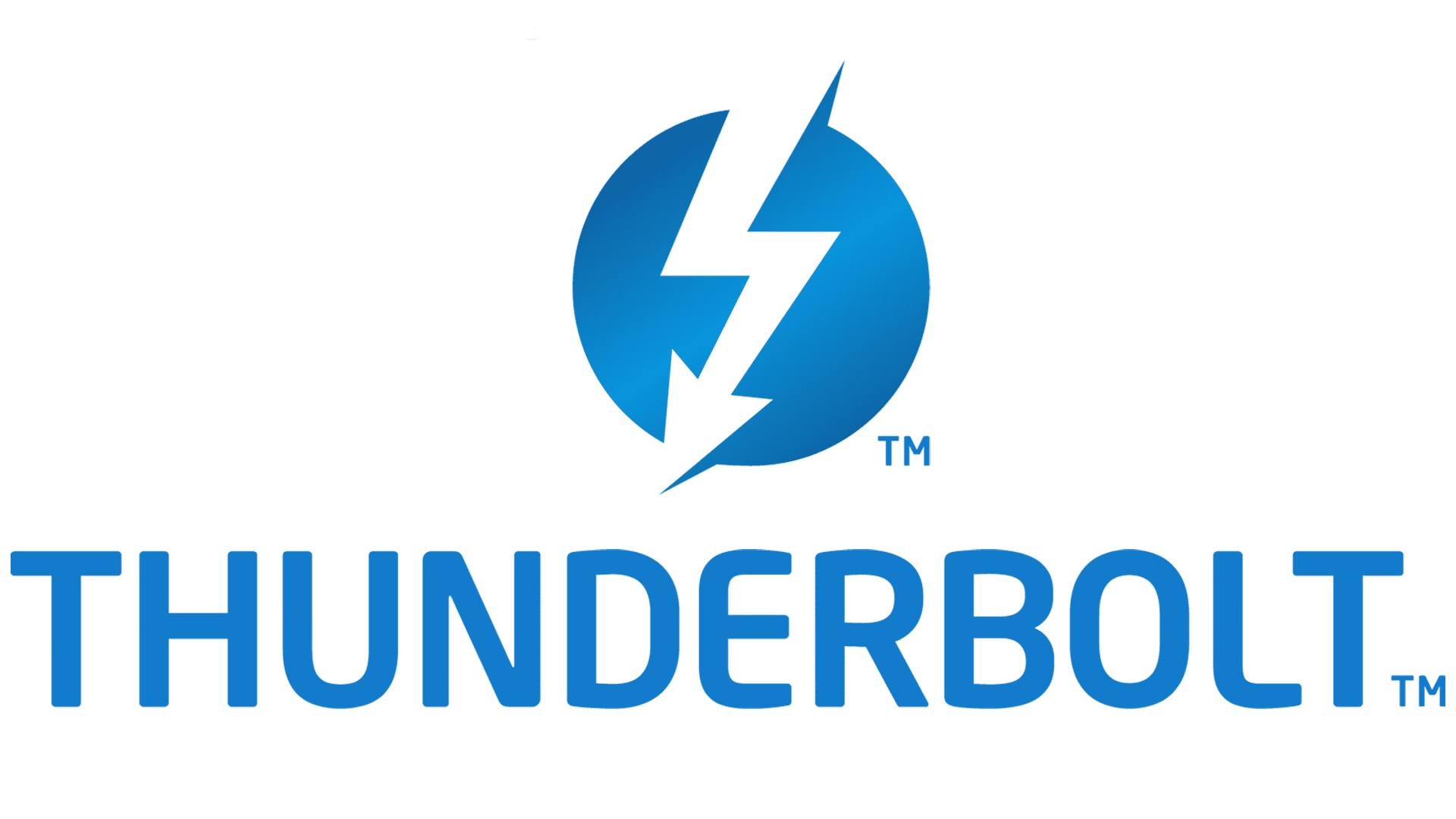
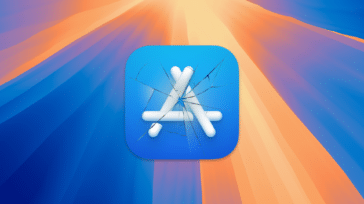
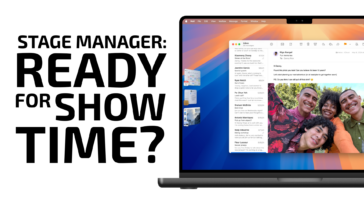

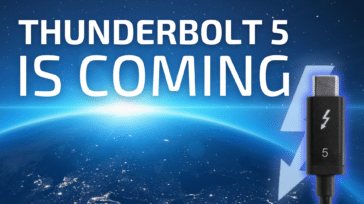


TB3 is very annoying for sure. I am not a fan of its limitations. Looking forward to TB4 because we need our daisy chains back! Thank you for detailing this for us!
Yes, I think the number one advantage with Thunderbolt 4 for Mac users will be cleaning up the cable mess. Once the Thunderbolt 4 cables start shipping, you can be confident that you always have the right cable if it has a lightning bolt and a ‘4’ on it.
Most of the other advantages of Thunderbolt 4 will be for Windows users. With Thunderbolt 4, all Windows computers will be brought up to the same performance and reliability level that Mac users have enjoyed since 2018.
About Thunderbolt performance, I think you might see more of a difference between devices at the front and the end of the chain with using smaller reads/writes. This difference is caused by latency (the time to it takes to send a command and receive the result). Maybe the ATTO Disk Benchmark might show the difference because it uses various sizes of reads/writes (a small I/O size requires more data to be sent and received to transmit the same file). I have not seen someone do that test yet. Another test might be a folder of small files compared to a folder of large files adding to the same amount of data (though that could be optimized). I have seen some tests where Thunderbolt (which can do 2700 MB/s), has lower performance in some gaming benchmarks with GPUs connected directly (not through Thunderbolt) as PCIe 3.0 x1 (985 MB/s).
Yes, smaller sizes do make a huge difference. The last time I tested this, it was with 4 KB reads and writes. I found a 20 % decrease in speed when going from 0.5 m to 2.0 m cables.
That being said, the majority of the customers we have for our high performance storage are editing video or sound for the film and video industry. These customers are all moving large files around, so the performance numbers from AJA System Test are pretty representative of the relative performance they will see when injesting or editing their media.
Latency becomes less of an issue when you have a greater number of reads and writes in progress simultaneously (i.e. a greater queue depth). When I profile requests to an HFS+ volume, I usually see 4 outstanding requests when I am testing with either AJA System Test or other file copy applications. With APFS volumes, this number can increase.
I cannot make any comment about eGPUs as I have not made any tests with them.
Tim